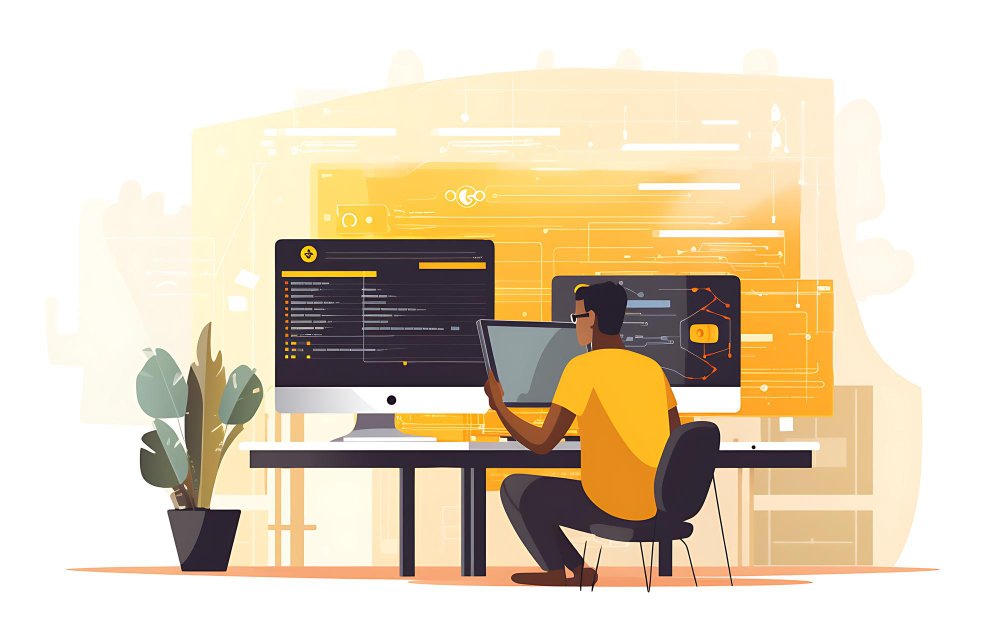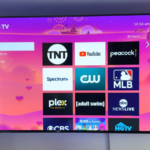Mastering the Art of Multiplayer Mobile Game Development: A Comprehensive Guide
- 1 Understanding the World of Multiplayer Mobile Games
- 2 Diverse Types of Multiplayer Games
- 2.1 Player vs. Player (PvP)
- 2.2 Cooperative (Co-op) Play
- 2.3 Massively Multiplayer Online (MMO) Games
- 2.4 Multiplayer Online Battle Arena (MOBA)
- 3 Server Infrastructure for Multiplayer Gaming
- 3.1 Local Multiplayer Servers
- 3.2 Remote Server-Based Multiplayer
- 3.3 The Role of Photon Engine in Multiplayer Gaming
- 4 Developing the Game Backend and Database
- 5 Essential Features for Multiplayer Games
- 5.1 User Authentication
- 5.2 Administration Panels
- 5.3 Optimizing Performance Across Diverse Devices
- 5.4 The Art of Multiplayer Game Design
- 5.5 Community Building and Player Engagement
- 5.6 Testing and Iteration
- 6 Conclusion
Creating a multiplayer game for mobile platforms is not just a technical endeavor but also an artistic one, blending the complexities of software development with the creativity of game design. We offer valuable insights into how to make a multiplayer game. This comprehensive guide aims to delve deeper into the nuances of building a captivating and successful multiplayer mobile game.
Understanding the World of Multiplayer Mobile Games
Multiplayer games are digital playgrounds where multiple players interact and compete in a shared environment. These games can be local, where players share the same device or console, or online, connecting players from different locations. The allure of these games lies in their ability to create dynamic, interactive experiences that transform gaming into a social and collaborative activity.
Diverse Types of Multiplayer Games
Player vs. Player (PvP)
PvP games are competitive battles between individual players or teams. They are prevalent in genres like first-person shooters, fighting games, and racing simulations. Titles like ‘Mortal Kombat’ and ‘Fortnite’ exemplify this category.
Cooperative (Co-op) Play
Co-op games are designed for players to work together, often against AI challenges or to solve complex puzzles. These games emphasize teamwork and collective strategy.
Massively Multiplayer Online (MMO) Games
MMOs are expansive, often featuring vast open worlds where thousands of players interact. These games typically include intricate storylines, economies, and social structures. ‘EVE Online’ and ‘Final Fantasy XIV’ are notable examples.
Multiplayer Online Battle Arena (MOBA)
MOBAs involve strategic team-based gameplay where each player controls a unique character. These games often feature complex tactics and team dynamics. ‘Heroes of the Storm’ and ‘Smite’ are popular MOBAs.
Server Infrastructure for Multiplayer Gaming
Modern multiplayer games primarily utilize two types of servers: local servers and remote servers.
Local Multiplayer Servers
These servers facilitate connectivity through local networks like Wi-Fi or Bluetooth, with one device typically hosting the game.
Remote Server-Based Multiplayer
Three subtypes categorize remote multiplayer servers: turn-based, asynchronous, and real-time.
- Turn-Based or Asynchronous Servers: Ideal for strategy or puzzle games where players take turns independently.
- Real-Time Servers: These servers offer live, synchronous gameplay, essential for action or sports games.
The Role of Photon Engine in Multiplayer Gaming
Photon Engine is a robust solution for real-time multiplayer games on mobile. It provides low-latency gameplay and can scale to support thousands of players simultaneously. Photon’s Unity Networking, free for small-scale projects, is popular among indie developers.
Also Read – Mobile Game Development Process – A Detailed Guide
Developing the Game Backend and Database
There are generally two approaches when developing the backend and database of a multiplayer game. These are:
Software as a Service (SaaS) Solutions
Platforms like Firebase or Photon are excellent for developers seeking ready-made solutions. They provide essential tools for game development, even for smaller teams or individual developers.
Custom Backend Solutions
A custom backend is often necessary for more giant, more complex games. Technologies like AWS and frameworks like ASP.NET are used to build tailored databases and server infrastructures.
Essential Features for Multiplayer Games
User Authentication
Secure login systems are crucial for personalizing player experiences and safeguarding user data. Integrations with social media accounts or email-based logins are standard practices.
Administration Panels
- SaaS Admin Panels: These are plug-and-play solutions, ideal for straightforward administrative needs.
- Custom Admin Panels: Tailored for specific requirements, these panels offer more flexibility and control over game management.
Optimizing Performance Across Diverse Devices
A key consideration in multiplayer game development is ensuring optimal performance across various devices. Developers must decide whether to focus on a single platform, embrace cross-platform compatibility, or extend the game to desktop environments, allowing for a broader range of player interactions.
The Art of Multiplayer Game Design
Beyond technical aspects, the design of multiplayer games involves crafting engaging narratives, intuitive user interfaces, and compelling game mechanics. The visual and auditory elements must be harmonized to create an immersive experience. Balancing gameplay to ensure fairness and competitiveness is also critical, especially in PvP and MOBA games.
Community Building and Player Engagement
Successful multiplayer games often have vibrant communities. Developers must facilitate player interaction, provide regular updates, and actively engage with the player base through events, forums, and social media. Building a community around a game can significantly enhance its longevity and success.
Testing and Iteration
Extensive testing is vital to ensure a smooth gaming experience. This includes stress testing server capacity, gameplay balancing, and ensuring compatibility across different devices and operating systems. Continuous iteration based on player feedback and data analytics is crucial for the game’s ongoing improvement and relevance.
Conclusion
Building a multiplayer game for mobile is a multifaceted process that requires a blend of technical prowess, creative vision, and strategic planning. From choosing the proper server infrastructure to designing engaging game mechanics and fostering a strong player community, every aspect plays a pivotal role in the game’s success.


















